As an Amazon Associate, I earn from qualifying purchases. Additionally, I earn a commission through each purchase made on Amazon, Clickbank, zZounds, Plugin Boutique, Plugin Fox, Thomann, Jam Play, and Punkademic from one of my links.
When it comes to headphones for music production, mixing, mastering, and general audio engineering, there are a ton of options available, including open back versus closed-back, studio versus casual, neutral versus bass-boost, etc.
Additionally, there are massive differences in prices that are often not even related to how good the products actually are, but due to brand reputation and marketing.
With that in mind, there is a German company called Beyerdynamic who make absolutely killer headphones.
I would argue that the best pair of open-back headphones for music production are the Beyerdynamic DT 990 Pro 250 ohm, when overall value, price, sound quality, and comfort are taken into consideration.
Truthfully, when it comes to audio, most people can’t actually tell the difference between a $500 pair of headphones and a $150 pair of headphones.
This is one of the reasons why I would suggest a brand of neutral headphones that are within the $100-$250 range, such as the Beyerdynamic DT 990 Pros from Amazon.
If used properly, the Beyerdynamic DT 990 Pro’s are amazing.
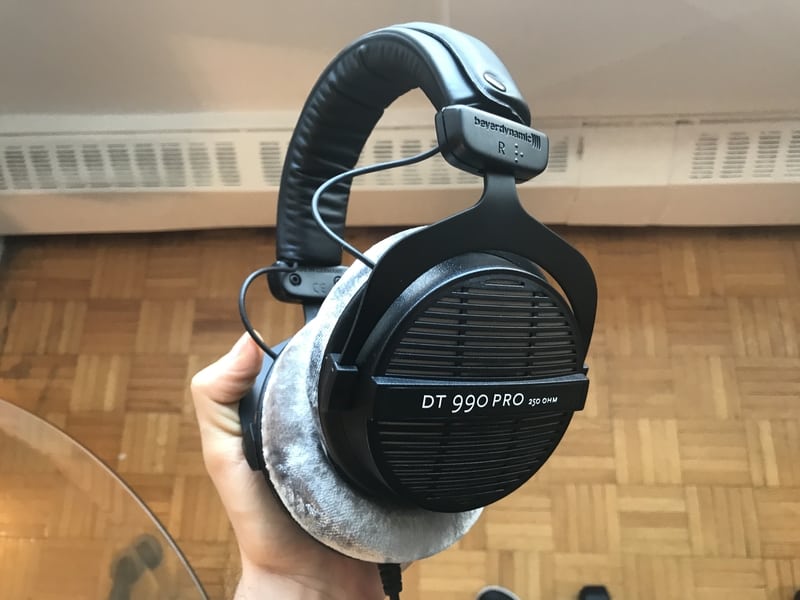
The Beyerdynamic DT 990 Pros
When finding good quality headphones for music production, mixing (my guide), and mastering (also my guide), you’ll probably have to spend just a little bit more money than what’s normally expected of a consumer-level product with the exception of Dre Beats and other trendy brands.
However, there is usually a price range between $100 and $250 where there is the most amount of value for the price.
While some people argue that the Beyerdynamic DT 990 Pros are not the best-looking headphones on the market (which I don’t agree with at all), the sound quality and comfort of the DT 990 Pros are fantastic, which is ultimately what we’re looking for when making music.
What Comes With The Beyerdynamic DT 990 Pros (250ohms)
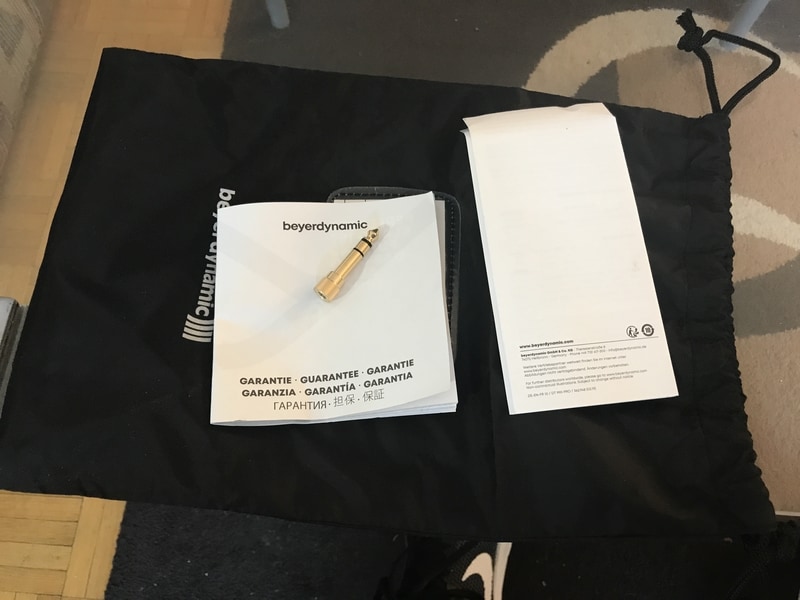
- Carrying case
- TRS to 1/4″ Inch Jack Adaptor
- Instruction Manual
- Beyerdynamic Warranty Manual (written in German)
How They Sound
As I just mentioned, sound quality is the most important thing we’re looking for when purchasing a new set of headphones.
And this is where the Beyerdynamic DT 990 Pros shine.
Despite their relatively cheap price, they’re quite good at representing the low-end frequencies in such a way where they’re not muddy, overly powerful, or obfuscated in any way.
In cases where there is a lot of bass, especially in the modern musical landscape where everything is mixed to be as loud and boomy as possible, these headphones are very good at conveying the punch of the sound without overwhelming your ears.
The mid-range is also right where it needs to be, with most mid-range instruments – such as vocals or guitar – shining through the mix in such a way where we have the ideal amount of information for making informed decisions in the mixing process.
Regarding the highs, the headphones are not distorted in any way, even if you’ve cranked up the music to the point where one might expect it.
I was listening to some songs from Veil Of Maya’s album, Eclipse, and I started noticing additional details in the mix, including hi-hats and cymbals that I never really paid attention to before.
That’s just one of the benefits of using proper headphones.
The DT 990s are also very neutral, which is what we’re looking for.
For the most part, I would say that the DT 990s are perfect in their portrayal of the audio.
The detail of the sound is great and there isn’t any obvious coloration regardless of what part of the frequency spectrum we’re talking about here.
Some people describe them as being “spacious,” which I could probably understand.
Additionally, there is a lot of talk on internet forums about these headphones having a lot of high-end response. That wasn’t my experience, but some have described them as being “quite aggressive.”
The DT 990 Pros are also a popular choice among gamers for whatever reason. I’m not sure why a gamer would need headphones as fire as these ones, but, it is what it is.
I think it’s worth mentioning that the company decided to put Braile on the headphones so blind people can tell the difference between the right and left cups – just an added touch to the overall product I guess.
Comfort and Design
While the sound quality of these headphones is pristine, the comfort-level is arguably the best feature, which is great news for people who are listening to music all day and wearing headphones for three hours or more at a time. When I’m not using the DT 990s, I’m using Etymotic’s ER4SRs (also from Amazon) instead.
The muffs don’t look that special, but they’re actually extremely comfortable.

I really think this aspect of the headphones can’t be emphasized enough.
Regardless of how good a pair of headphones is, after 2-3 hours of consistent use and listening to music, you’ll wind up hating them, which won’t be the case with the DT 990s.
For instance, when comparing these headphones to my Audio Technica ATH-M30x, I would argue that the Beyerdynamic cans are much better for overall comfort.
I definitely prefer the DT 990s over my ATH-M30x, but this isn’t surprising, considering the DT 990s are 3x the price.
Usually, after an hour or two of mixing with the M30x, my ears start to hurt and I need to take a break. But that’s not the case with the DT 990s. They’re way more comfortable and can be worn for 3+ hours without taking them off.
As I mentioned at the beginning of the article, some people think these headphones aren’t very good looking, but I think they look pretty cool, especially with the grey muffs contrasted against the black design, however, this isn’t the most important detail.
It’s unfortunate that the cable isn’t detachable, but it is long enough where your movements won’t be limited.
A 3-meter cable is usually the appropriate amount of distance and will allow you to move around as much as you need too.
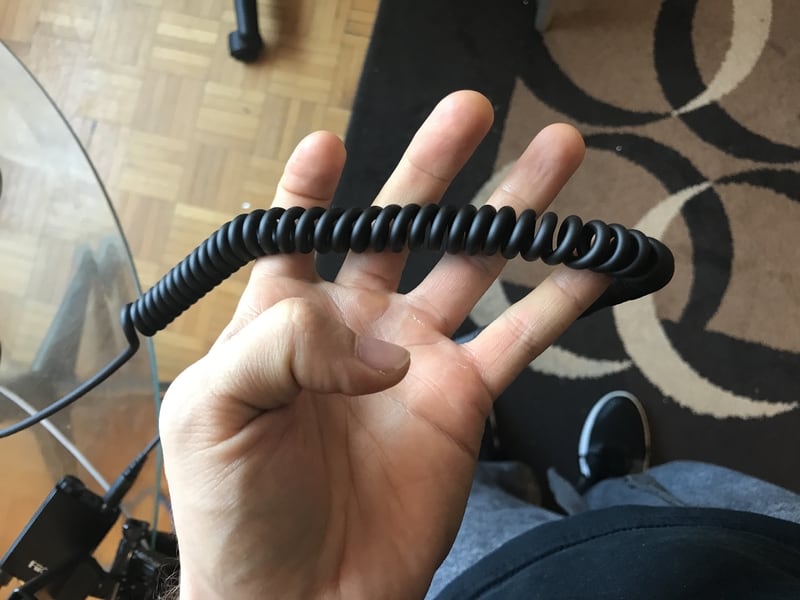
The headphones are designed in such a way where it’s a mixture of metals and plastic.
For instance, the headband is made out of metal and it’s wrapped in a foam pad that’s replaceable in case it gets dirty and needs to be swapped out for a new one.
The part of the headphones that connect from the headband to the actual earmuffs is made out of metal, but the grill on the outside of them is made out of plastic.

Specifications
Frequency Response: 5Hz – 35,000kHz
Driver Size: 45mm
Open or Closed: Open
Cable Type: Coiled
Impedance: 250 ohms
Cable Length: 9.8′
Plug Size: 1/8″ TRS or 1/4″ adaptor
Color: Black and Grey
Weight: 0.55lbs or 250 grams.
Important Things To Note
1) A Headphone Amp (DAC) or Audio Interface Is Needed
It’s definitely worth mentioning here that these headphones need an amplifier.
They’ll work just fine with a MacBook Pro (by the way, this is the computer I recommend from Amazon), but if you really want to push these to their absolute best, it’s worth getting an amp.
If you’re looking for a headphone amplifier, which will undoubtedly come in handy in the future, grab the FiiO E10k Portable Headphone Amplifier also from Amazon.
Also, in case you didn’t know, open-back headphones are for people who aren’t interested in noise-cancellation or isolation. So these aren’t meant for listening to music in a loud environment, like on the train or on the bus.
It’s best to keep these in your home studio.
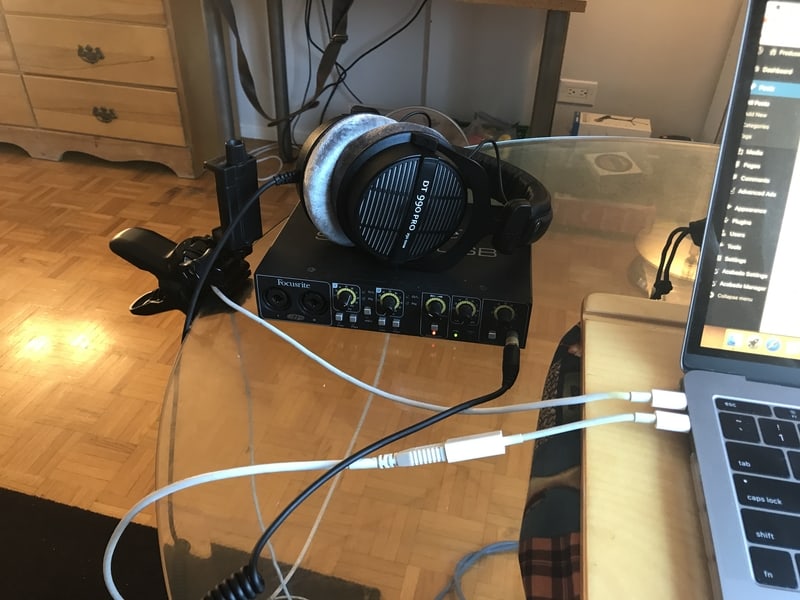
Assuming that you own an audio interface like the Focusrite Scarlett 2i2 or some other brand, you don’t actually need the DAC.
However, the DAC, such as the FiiO E10k is great for giving the DT 990s as much power as they need. Moreover, the Fii0 E10k eliminates the need to carry around an audio interface in the case that you do want to walk around with the DT 990s.
An audio interface will do the trick. You’ll just have to increase the output gain on the audio interface a little bit.
I’ve read from other users that an audio interface like the Scarlett 2i2 doesn’t have sufficient power, but my Saffire 6USB works just fine (more on how audio interfaces work in my guide).
I didn’t notice a lack of power. I’m certain the Scarlett 2i2 can power them in the same way (and I’ve since confirmed this, because my Scarlett 2i2 works fine with it, although, they aren’t SUPER loud).
If you choose to use these cans with an audio interface, take note that you increase and decrease the volume with the audio interface. On my Focusrite 6USB, I use the “Mixer” and “Phones” knob.
How To Set Up The Beyerdynamic DT 990 Pros 250ohm
As I’ve said already, these headphones need an amplifier or an audio interface. In this section, I’m going to show you how to properly set them up.
Assuming you’re using a new Macbook Pro, you’re going to need a USB to USB-C adaptor, but I’m sure you already own one.
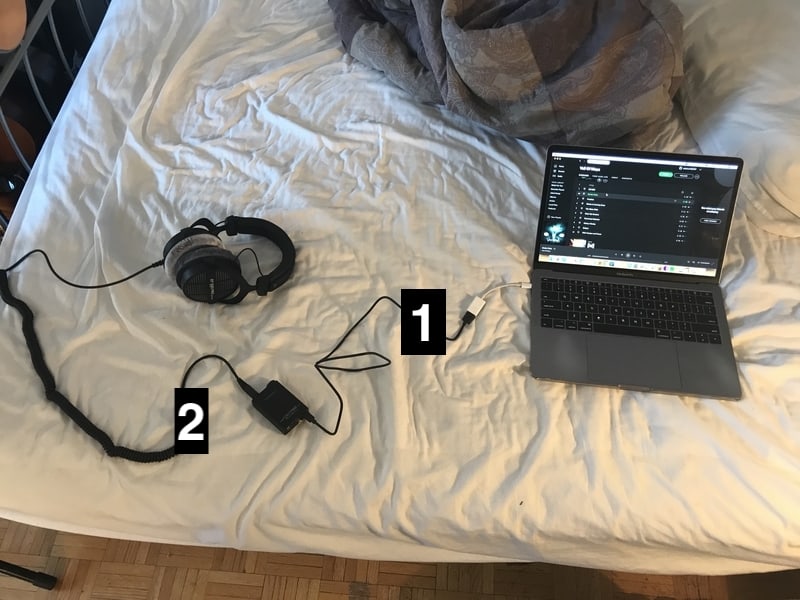
1) Hook up USB – USB-C to your FiiO E10k with USB to Micro-USB
2) Plug DT 990 Pros into the FiiO E10k.
3) Go into MacBook Pro’s System Preferences.

4) Select ‘Sound.’
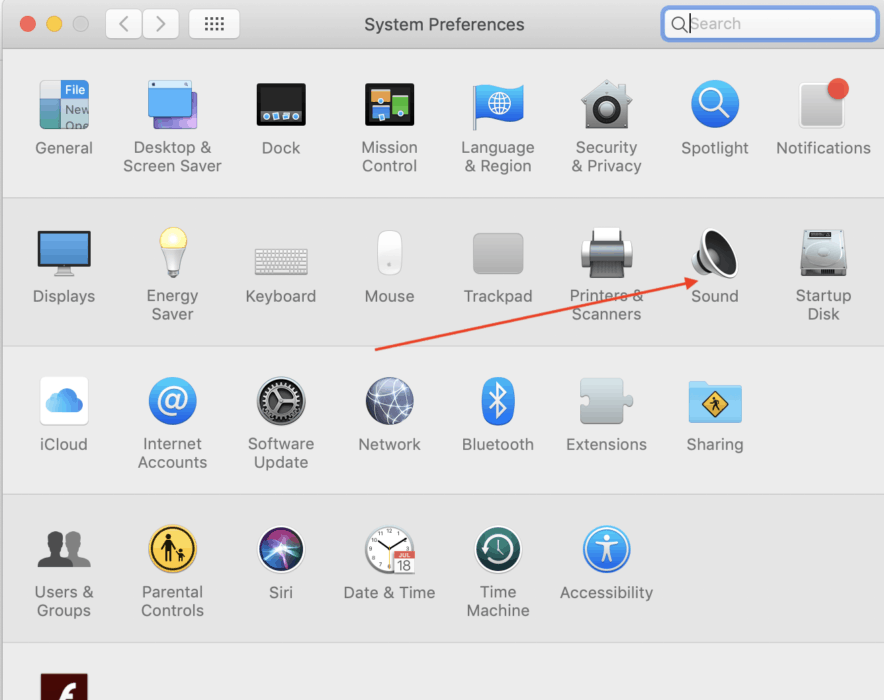
5) Choose FiiO USB DAC-E10 as your external output

At this stage, you should be able to hear the music playing.
Using The FiiO E10k Headphone Amp With DT 990s
Summary
- Gain turned up to 3
- Low-Gain switch turned on
- Bass Boost turned off, for the most part, but switching back and forth to see how they sound with added bass.
- Listen to your mixes with low volume (of course)
There are a number of ways to approach the use of a headphone amplifier such as the FiiO E10k portable amp with the DT990s.
What I like to do, is that I turn the gain up to around 3, which is around halfway to max (8).
And then I have the low-gain option switched on at the back of the unit.
From here, you also have the option of turning the bass boost on and off. I personally think it’s best to mix with the bass boost turned off, but you can use it almost as a model.
What I mean by this, is that it seems like most people prefer to have bass-boosted headphones when they listen to music.
For that reason, you can use the bass boost on the headphone amplifier to see how it would sound on headphones with increased low-end. In other words, you can see how your mixes will sound on headphones with bass-boost.
Regardless, these headphones, coupled with a headphone amplifier, sound pretty amazing. You can experiment with the settings you think sounds best.
Cons of the Beyerdynamic DT 990 Pros 250 ohm
Admittedly, there are some cons – although I hardly call them that – when using these, including:
1) You Need a Headphone Amplifier (Or Audio Interface)
It’s hard to say this is a con, mostly because every music producer has an audio interface, but regardless, I felt it was necessary to mention.
A headphone amplifier is necessary in order to get the DT 990 Pros working at their maximum potential.
This isn’t a problem at all for me, considering I only use these for what they’re made for anyway: music production.
If you already own a Focusrite Scarlett 2i2 or some other brand, you’ll be just fine.
However, once you use a headphone amp with the DT 990 Pros, you won’t want to go back to a regular pair anyway.
If used properly, you’re not going to have them outside of your home studio anyway, so it’s not that big of a deal.
YouTube Video Review
Conclusion
All-in-all, these are a fantastic pair of headphones, however, as I already mentioned, if you really do want these headphones to shine, it’s a good idea to have an amplifier or an audio interface.
Beyerdynamic’s DT 990 Pros 250 ohm are the best headphones I own without question.
These are the headphones that I use the most when mixing, and I think you won’t go wrong if you get them.
It’s worth mentioning once again that these are best used with the volume low, which is ideal for music production and general audio engineering anyway (more on the differences between these two things in my guide).

 Written By :
Written By :